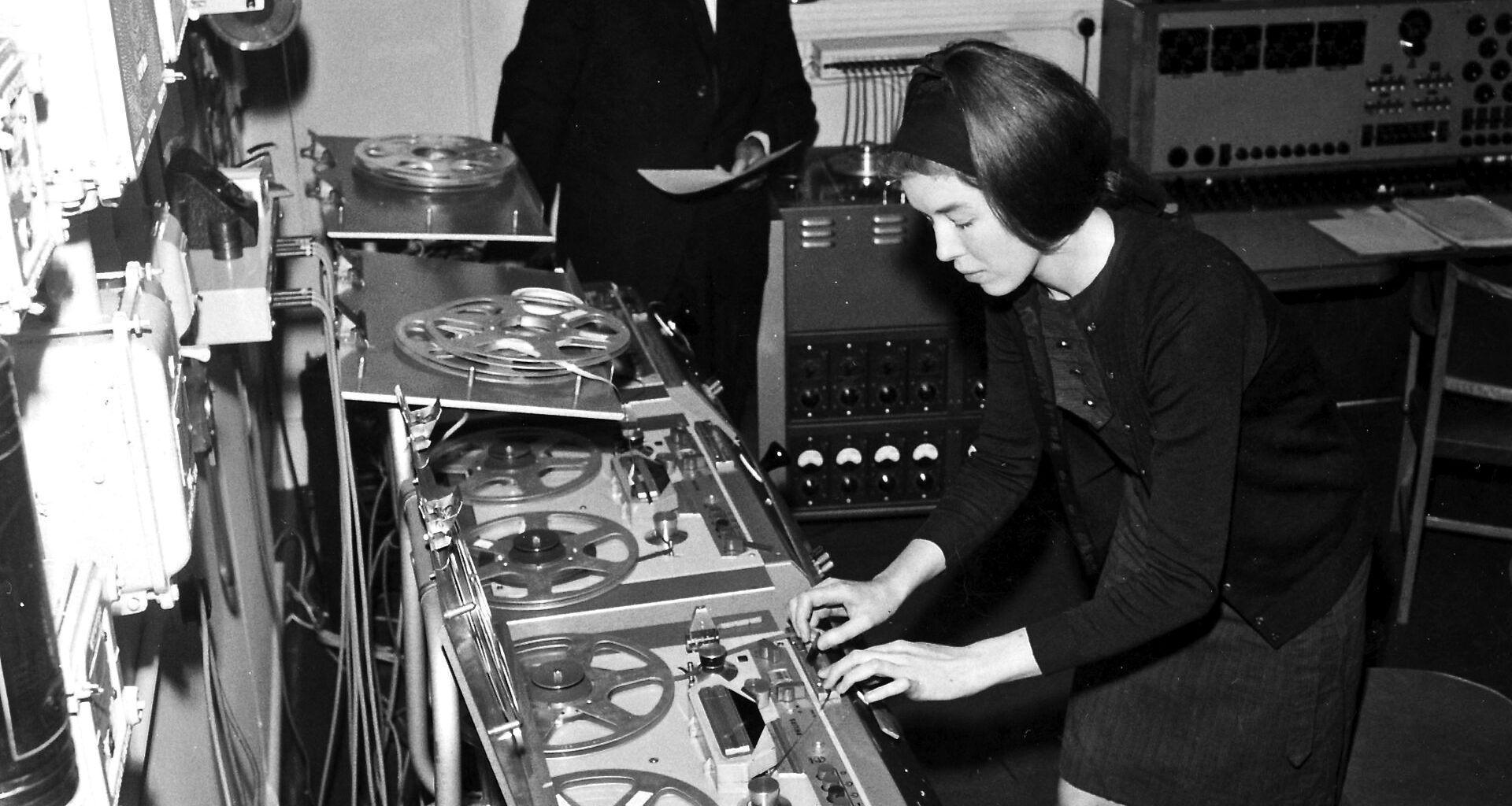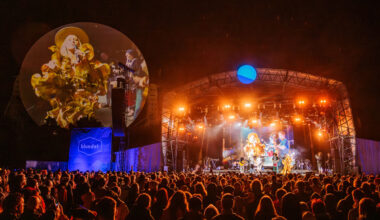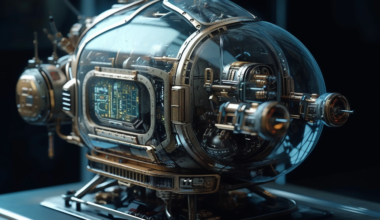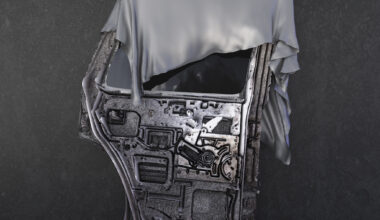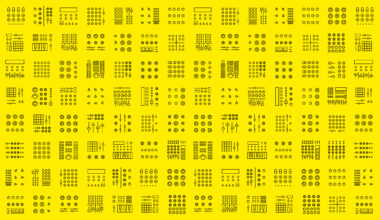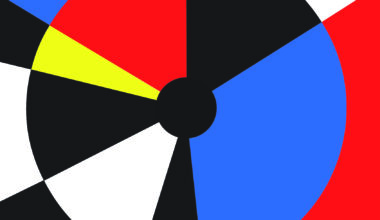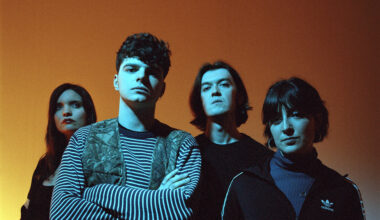For the 2021 Delia Derbyshire Day, the charity responsible for the annual event commissioned two fascinating new pieces that evoke the spirit of the electronic music legend
Want to read more?
Sign up to Electronic Sound Premium to gain access to every post, video, special offers, and more. 100%, all you can eat, no commitment, cancel any time.
Already a premium member? Log in here
